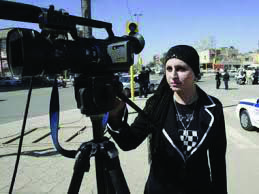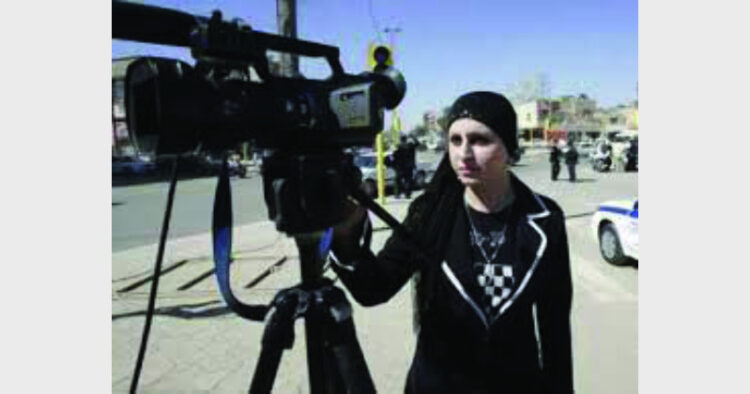 Why back in and around 1953 I was then editor-in-charge of Free Press Journal group of newspapers whenever the editor, S Sadanand was away, which was frequent. About this time we had just recruited a Bengali graduate from the London School of Economics. It was a novel appointment. The Free Press was then among the first, if not the very first, to employ women on the staff. And our first woman staffer was Aruna Mukherjee. I had instructions from my boss that I should not keep her in office after 6 p.m.
Why back in and around 1953 I was then editor-in-charge of Free Press Journal group of newspapers whenever the editor, S Sadanand was away, which was frequent. About this time we had just recruited a Bengali graduate from the London School of Economics. It was a novel appointment. The Free Press was then among the first, if not the very first, to employ women on the staff. And our first woman staffer was Aruna Mukherjee. I had instructions from my boss that I should not keep her in office after 6 p.m.
Years passed. Forty years later, some time in 1993, I had to attend a function in Mumbai’s fort area till late at night, and could only catch a train back home leaving Churchgate at 12.30 am. Fancy my surprise to see among the dozen or so fellow-travellers, a 20-something girl who I immediately recognised as a former student of mine. “What the heck are you doing here at this hour of the night?” I asked her in surprise. It turned out that she was working for The Times of India and had just ended her duties and was leaving for Khar in the Mumbai suburbs, which was also my destination. I asked her why she couldn’t stay in office and have a nap there instead of risking travelling in a train well past midnight. “But sir” she said, “I am perfectly safe! I do this all the time!”
During my years at Bennett Coleman, staffers wishing to leave after their night duty had been provided a van which would drop each at his or her destination. It is against this background that one feels greatly upset and hurt that a woman journalist photographer had been brutally raped, while she was on night duty. I have been discussing this story with many concerned citizens and the replies I have received are in a way reflective of normal middle class sentiment. The question I often heard was: “Why employ a woman as a journalist photographer?” And then there were other similar questions, like: “Why put women photographer on night duty?”. “Why can’t a paper get a male colleague to accompany her on her assignments”? “Why aren’t Police informed about her comings and goings before hand?” One even asked why this particular photographer was not suitably armed!
What if the photographer concerned does not want to get the Police involved? But the larger question is: Should women at all be functioning in secrecy? Is that fair? But you can’t tell that to the GenNext newspeople. Women want to be treated on par with men, no matter how hazardous or dangerous the job is.
And then there are reports that women are sexually harassed by their own colleagues, which is a sickening thing to hear.
The great tragedy currently is the increasing number of rapes reported in the media and that involved are even alleged saints.
Apparently, government data shows crimes by juveniles — specially rape and abduction of women – has seen an exponential rise in the past decade. But to briefly go back to women photographers. There haven’t been too many in the country to have made a name. The name of Pamela Bordes, Indrani, Saadiya Kochar are mentioned. But better known is Sooni Taraporevala and, of course, best known is Homai Vyarawalla (1913-2012) who really was fabulous in her days. But the truly international celebrity was Margaret Bourke-White (1904-1971) who worked for the American illustrated weekly Life. She happened to be in Moscow when the Nazis invaded it and her pictures are to this day described as “spectacular”. She was the first woman photographer to be accredited to the US Army as war correspondent. After the war she was sent to India where her pictures with Mahatma Gandhi and Jawaharlal Nehru became the talk of the town.
When will we get our own Margaret – given the circumstances under which Indian women photo-journalists are working? Or struggling to work under the most atrocious circumstances?














Comments